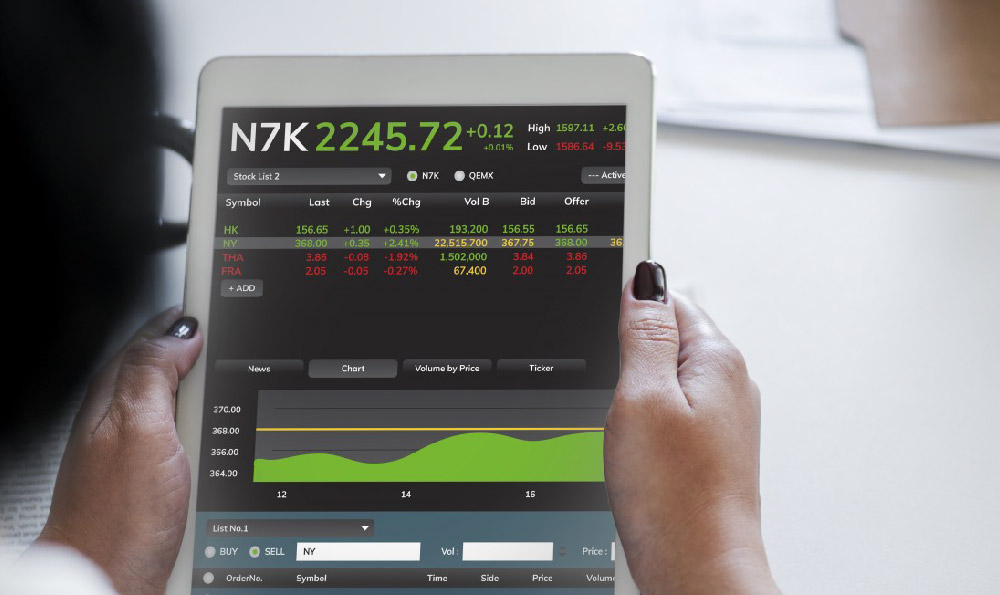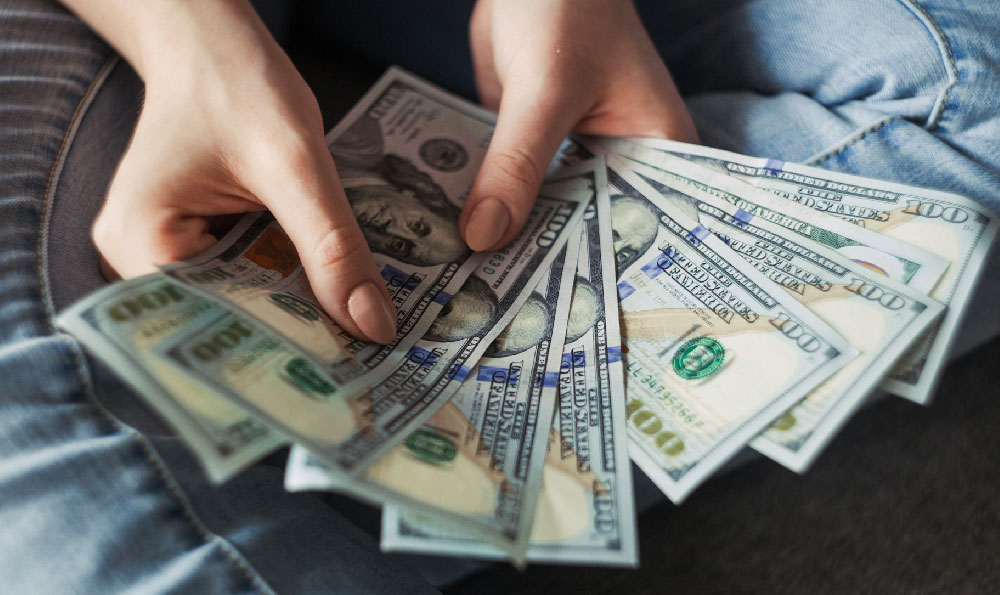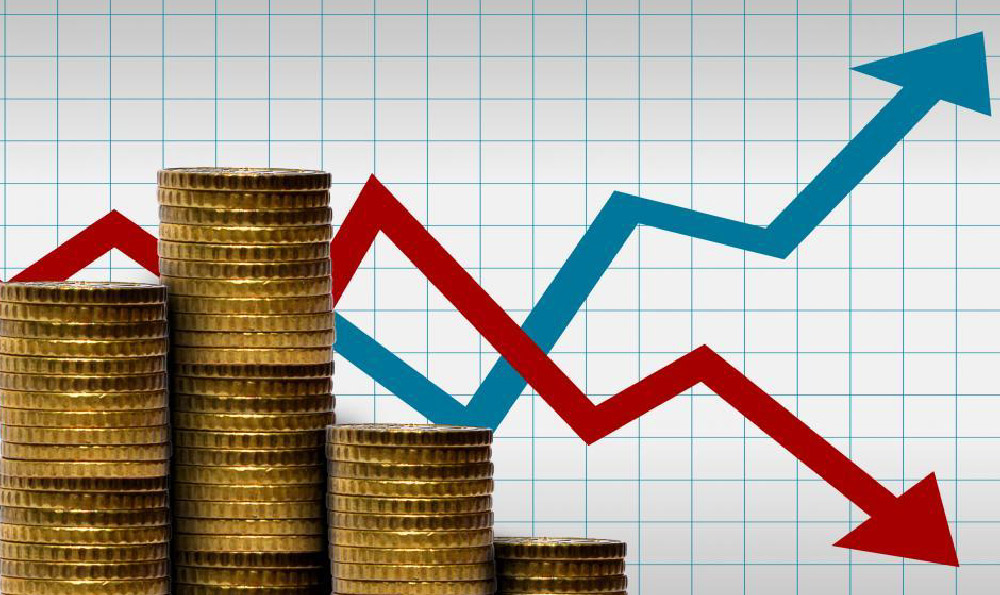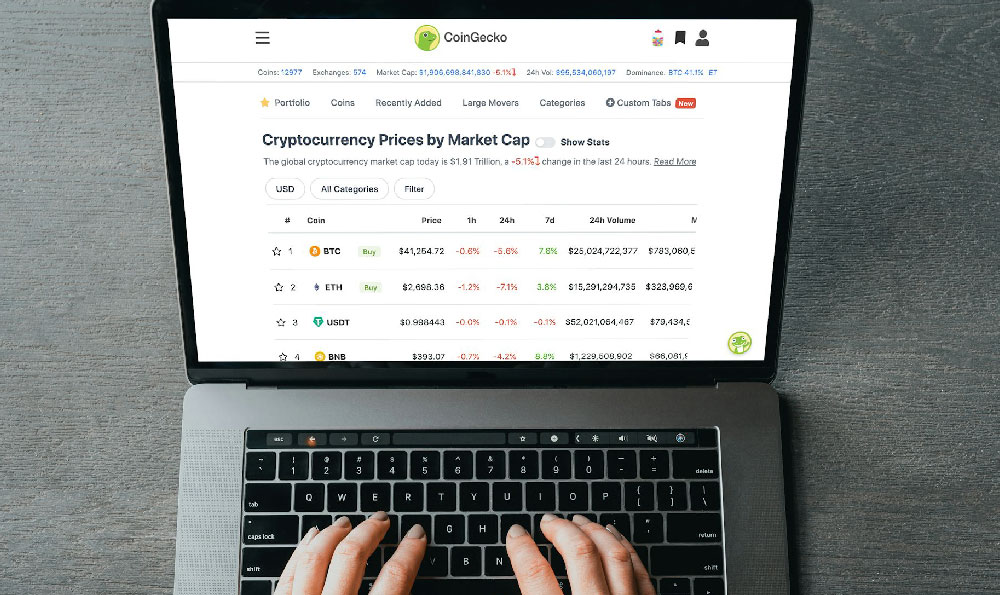How Much Does Blox Fruits Earn: Revenue or Profit?

Let's delve into the financial intricacies of Blox Fruits, a popular Roblox game, to understand its earning potential. Separating revenue from profit is crucial for a clear picture of the game's financial health and the success of its developers. While revenue represents the total income generated, profit reflects the actual gain after deducting all associated expenses.
Blox Fruits, like many successful Roblox games, operates on a freemium model. This means the game is free to play, attracting a large user base. The revenue stream primarily stems from in-app purchases. Players can use Robux, Roblox's virtual currency, to acquire in-game advantages such as powerful fruits, weapons, boosts, and cosmetic items. These purchases significantly contribute to the game's overall earnings. Additionally, developers might earn Robux through engagement-based payouts, where Roblox rewards popular games based on playtime and player activity. While the exact algorithms for these payouts are closely guarded secrets by Roblox, high player counts and engagement levels are strong indicators of substantial earnings.
Estimating the revenue of Blox Fruits requires analyzing several key metrics. One of the most important indicators is the number of concurrent players. Blox Fruits consistently ranks among the most popular games on Roblox, often boasting tens of thousands, if not hundreds of thousands, of simultaneous players. This massive player base provides a large pool of potential purchasers. Furthermore, the game's consistent updates, new content releases, and ongoing events drive further engagement and spending. Each update introduces new items and features, enticing players to invest Robux to stay competitive and explore the latest content. The game also frequently features limited-time items and events, which create a sense of urgency and encourage players to make immediate purchases.

Another crucial factor is the price point of in-game items. Blox Fruits offers a range of items at varying prices, from relatively inexpensive boosts to premium fruits that cost a significant amount of Robux. Understanding the distribution of purchases across these price points is vital. While exact data on this is unavailable to the public, observing community trends and player behavior can provide insights. For example, the popularity of certain fruits or weapons can indicate which items generate the most revenue. Moreover, the game's developer often offers bundles and discounts, which can influence purchasing decisions and overall revenue.
Converting Robux earnings into real-world revenue involves understanding Roblox's developer exchange program, DevEx. This program allows developers to exchange Robux for real currency. However, the exchange rate is not one-to-one. Roblox retains a significant percentage of the Robux earned, meaning developers receive a smaller amount in real currency than the Robux equivalent. The current DevEx rate fluctuates but generally falls within a certain range, which developers must consider when calculating their actual revenue. This is a critical distinction when comparing the game's apparent Robux earnings to its real-world financial performance.
While revenue provides insight into the total income generated, it's only half the story. Understanding the profit margin requires considering all associated expenses. These costs can be substantial and significantly impact the game's profitability. Key expenses include developer salaries, which represent the cost of the team responsible for creating and maintaining the game. This includes programmers, artists, designers, and potentially marketing personnel. Furthermore, if the developers are working under a studio or company, there are likely overhead costs such as rent, equipment, and administrative expenses.
Another potentially significant expense is marketing and advertising. While Blox Fruits has benefited from organic growth and word-of-mouth, some level of marketing investment may have been necessary to initially attract players and sustain the game's popularity. This could involve advertising on Roblox itself or external platforms like social media. Moreover, if the developers are using licensed assets or intellectual property, there may be licensing fees to consider.
Server costs are also a crucial consideration. Maintaining a popular Roblox game with a large player base requires significant server infrastructure to ensure smooth gameplay and prevent downtime. These server costs can be substantial and directly impact the game's profitability. Furthermore, the developers may need to invest in tools and software to assist in game development and management. These tools can range from development environments to analytics platforms that track player behavior and engagement.
Therefore, accurately determining the profit of Blox Fruits requires a detailed understanding of all associated expenses. While the game undoubtedly generates substantial revenue, the actual profit margin depends on the scale of these costs. Unfortunately, this information is typically confidential and not publicly available. However, by considering the factors outlined above, one can gain a more comprehensive understanding of the financial dynamics of Blox Fruits.
In conclusion, Blox Fruits likely generates considerable revenue through in-app purchases and engagement-based payouts. The game's large player base, consistent updates, and strategic pricing contribute to its earning potential. However, determining the actual profit requires considering all associated expenses, including developer salaries, marketing costs, server costs, and other operational expenses. While the exact figures remain undisclosed, analyzing these factors provides a clearer picture of the financial success and profitability of Blox Fruits within the Roblox ecosystem. A simple calculation of Revenue minus Expenses will equal the Profit. Only the developers involved know the exact cost breakdown of running this extremely popular game.














